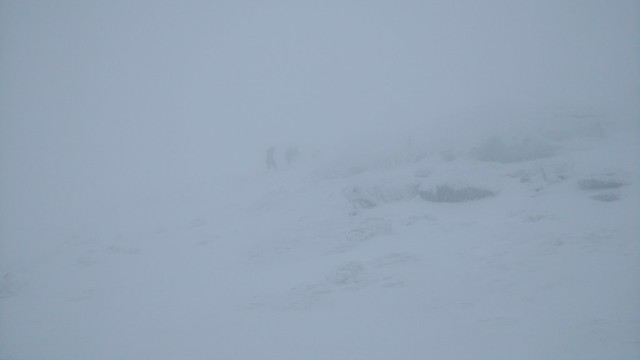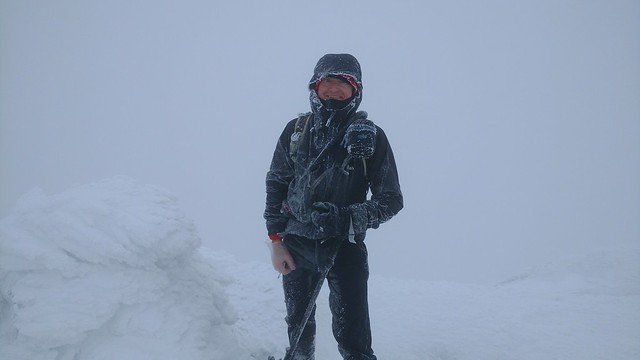Trail Boss
New member
I own multiple GPS devices, I bought one many years ago, it has been collecting dust in one of my closets for many years. I would strongly discourage using GPS as a safety device. It's a toy, nothing more. I have been clocked at 35mph while jogging with my Garmin forerunner, and I lost faith in my trekking GPS when I broke 5500' foot elevation on Camel's Hump in Vt. Relying on GPS alone in an emergency is dangerous. Usually the GPS is accurate to within 1% or 2% in good conditions, but they tend to fall apart in bad weather, like the kind of conditions that were present in the subject of this thread. That said, GPS technology has improved through the years, but I would not trust my safety on it.
Yes, it has improved through the years. Based on the comparison testing I've performed, my phone's GPS hardware performs better than my circa-2007 Garmin Rino 530 HCx (cousin of the revered 60 CSx).
I normally only use it for track-logging but last Saturday (Wright, Algonquin and Iroquois in the Adirondacks) it was handy to navigate in near whiteout conditions (25 feet visibility). I also had a compass and 1:6000 scale map and high familiarity with the route. I decided to see how well my phone would perform and referred to it exclusively; it didn't let me down. Internal battery temperature indicated below freezing ... and it took photos just fine.

Disappearing into the icy mist.
FWIW, the following day the conditions were no better and the DEC had to assist a group of three hikers who lost their way on Algonquin (they called for help). I agree you need map & compass skills (and an exit plan) when venturing above treeline but, let's face it, many people don't ... but they often have a phone. The phone shouldn't be Plan A ... but if you have one then at least make it useful for self-rescue. My fellow Quebecer, who was rescued on Lafayette, might've walked out under his own power had he parted with a few bucks for a navigation app. Instead, he may be saying goodbye to far more bucks for the rescue. An expensive lesson to be sure.
Last edited:

